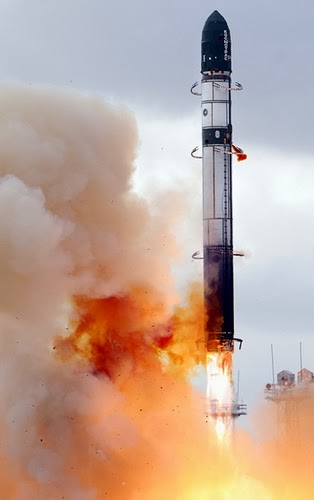Twenty-five years ago, Ukraine was the world’s third-largest nuclear power, with more warheads than the United Kingdom, France and China combined. The government in Kyiv inherited this arsenal after the breakup of the Soviet Union, finding itself in possession of an estimated 5,000 nuclear weapons, more than 170 intercontinental ballistic missiles, and several dozen nuclear bombers. In 1994, Ukraine agreed to dismantle this stockpile in return for a promise from Russia that the country wouldn’t be attacked… After declaring independence in 1991, Ukraine found itself with thousands of Soviet nuclear weapons that were still controlled by Russian systems. The U.S. was extremely worried about the potential emergence of another nuclear power with ICBMs designed to target the U.S. and its allies. So Washington brokered the agreement and paid half a billion dollars for Ukraine to pass these weapons to Russia to be dismantled. In return, Russia, the U.S., and the U.K. agreed to “refrain from the threat or use of force” against Ukraine and to respect its “independence and sovereignty and the existing borders.” Belarus and Kazakhstan also gave up their smaller stockpiles in exchange for the same promises. When Russia annexed Crimea in 2014, it was widely accepted that this agreement had been violated… Russian President Vladimir Putin’s explanation in 2014 was that the memorandum had been agreed with a previous Ukrainian government, so was no longer valid. Most observers dismissed this as ridiculous; if agreements expired with the governments that signed them, then countless important treaties throughout history would be now void. In 2016, Russian Foreign Minister Sergey Lavrov offered another explanation, claiming that the agreement only stipulated its signatories “won’t use nuclear weapons against Ukraine” — which is not true. (Original NBC article)
Other ammunition Ukraine had to give under pressure from the US >










